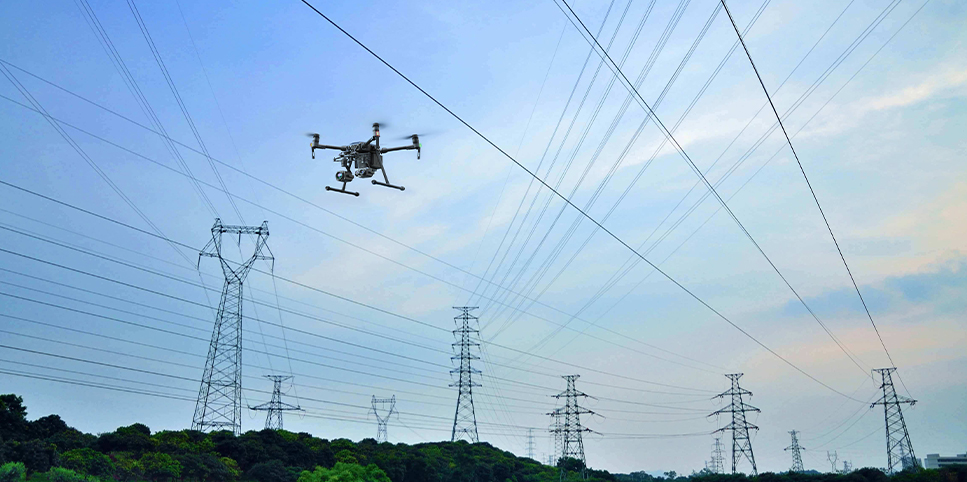Time:2023-06-08Update Time:2023-06-08
If you are interested in our products!
Email us :globalsupport@szmid.com
At present, the use of radio detection and interference signal technology is the main means for drone interference systems to track, monitor, and interfere with drones. The above-mentioned drone interference technologies each have advantages in achieving functionality.
Radar mainly detects drones under radio conditions and the far-reaching range; The drone using this technology has high power consumption and may have gaps in some areas, making it difficult to achieve low speed and small countermeasures, which can interfere with the drone.

Utilizing infrared technology, it can take photos and collect evidence, as well as interfere with drones. However, it is greatly affected by the environment and visibility, making it impossible to measure the distance of drones. The use of wireless information technology can detect drones with high accuracy, but it has high environmental requirements.
Although drone interference technology still has certain shortcomings, with the popularization of different wireless signal transmission machines, the application of drone interference within a certain frequency range is becoming more mature, and drone interference systems have become one of the equipment for the development of electronic equipment.
At present, the control of drone interference systems mainly relies on shielded radio technology. It can leave the control of the operator by sending strong interference signal and inhibiting signal reception, and Autoland or homing when the control signal cannot be received.
It can be imagined that as drones continue to develop in the future, they will combine the characteristics of their activities with the environmental factors of the region to carry out drone interference and ensure the effectiveness of air defense.
